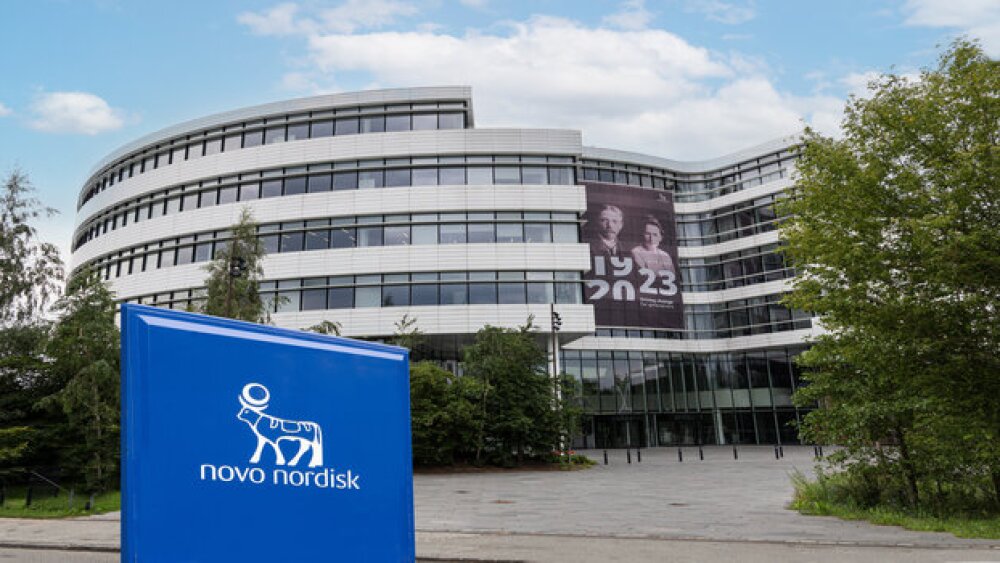The collaborative Trajectory Analysis Project (cTAP), a multi-stakeholder, pre-competitive global coalition in Duchenne muscular dystrophy, today announced that Analysis Group Managing Principal James Signorovitch, cTAP’s partner, has been selected as recipient of ISPOR’s “Best General Research Podium Presentation” award at ISPOR Europe 2018, which recently took place in Barcelona, Spain.
This press release features multimedia. View the full release here: https://www.businesswire.com/news/home/20181205005520/en/
“It is truly an honor to be selected for this award and for the opportunity to share our work with members of ISPOR who are working together to improve health outcomes for Duchenne muscular dystrophy and other rare diseases around the world,” said Dr. Signorovitch.
The study was conducted within the collaborative Trajectory Analysis Project (cTAP), a pre-competitive collaboration of drug developers, clinical experts and registries, patient advocacy groups, and data scientists engaged in research to improve drug evaluations in Duchenne. The research team, led by Dr. Signorovitch, included Analysis Group Manager Gautam Sajeev and Senior Analyst Zhiwen Yao, as well as Drs. Keith Abrams, Professor Francesco Muntoni, and Susan J. Ward.
“It was a pleasure to work with James and cTAP, and this award captures their contribution to this field,” said Professor Francesco Muntoni, senior co-author on this work, and Director of the Dubowitz Neuromuscular Center, University College London.
About cTAP
The collaborative Trajectory Analysis Project (cTAP) is an international, multi-stakeholder collaboration that identifies novel opportunities to use patient data and analyses to generate insights and tools for more effective clinical trial design in Duchenne muscular dystrophy. Its dynamic alliance of academic, industry, and patient stakeholders work collaboratively to identify priority research questions and engage cTAP’s unique set of resources to translate questions into insights with near-term, real-world application. Core to the success of this project are cTAP’s partnership with the outcomes research experts at Analysis Group, Inc., as well as the large and continually growing database of real world and clinical trial data sources that have been shared with cTAP. While cTAP’s initiating focus is Duchenne muscular dystrophy, its approach offers potential application to any challenging disease state characterized by heterogeneous progression. http://ctap-duchenne.org/
About Analysis Group
Analysis Group is one of the largest international economics consulting firms, with more than 900 professionals across 14 offices in North America, Europe, and Asia. Since 1981, we have provided expertise in economics, finance, health care analytics, and strategy to top law firms, Fortune Global 500 companies, and government agencies worldwide. Our internal experts, together with our network of affiliated experts from academia, industry, and government, offer our clients exceptional breadth and depth of expertise. To learn more about Analysis Group’s capabilities, visit http://www.analysisgroup.com.
About Duchenne Muscular Dystrophy
Duchenne muscular dystrophy is a uniformly fatal, progressive muscle-wasting disease affecting about one in 3,500-6,000 male live births. Patients with Duchenne lack the ability to make dystrophin, a protein crucial to muscle function. As their muscles deteriorate, they progressively lose the ability to walk, feed themselves, turn over in bed, and ultimately to breathe. While there is no cure, the past decade has seen an explosion in research resulting in more than 15 new therapies entering clinical development, with some receiving conditional approval. Learn more about Duchenne at http://cureduchenne.org, http://parentprojectmd.org and http://charleysfund.org.
View source version on businesswire.com: https://www.businesswire.com/news/home/20181205005520/en/
Contacts
Media Contacts:
cTAP
Susan Ward, (617)448-2617
susanjward@ctap-duchenne.org
Analysis Group
Eric Seymour, (617)425-8103
Eric.Seymour@analysisgroup.com
Source: collaborative Trajectory Analysis Project







